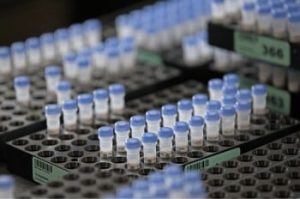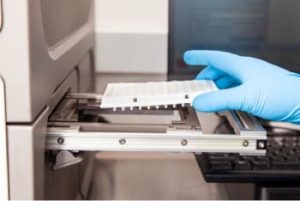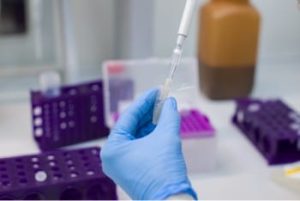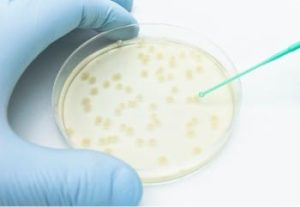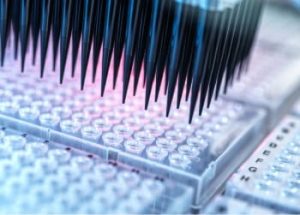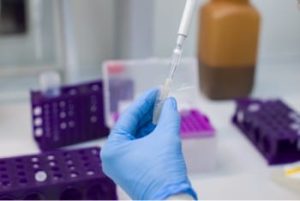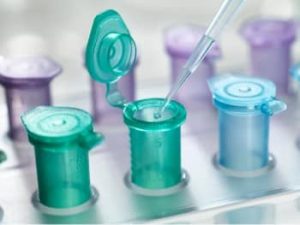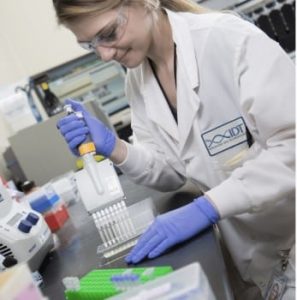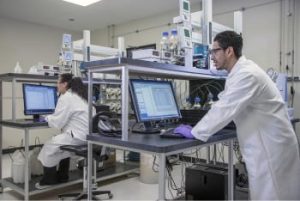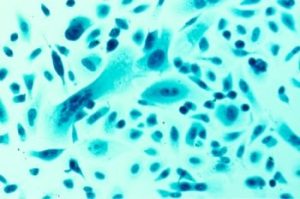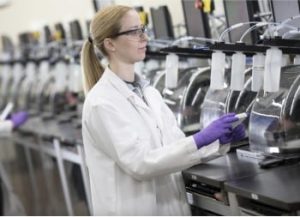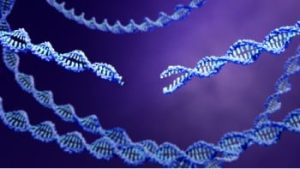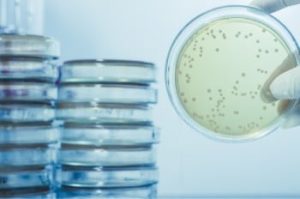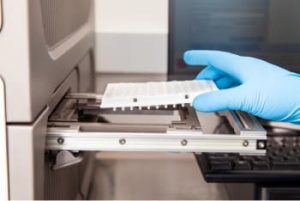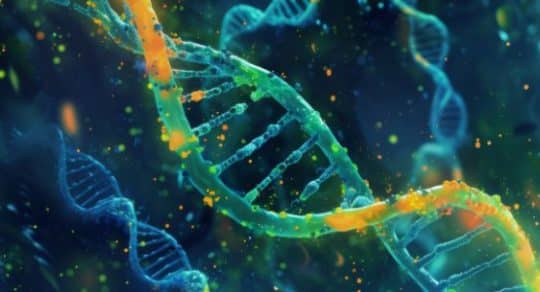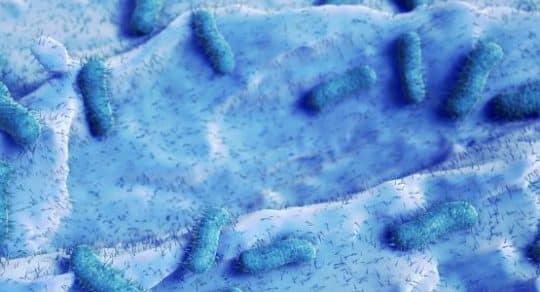Background
CRISPR genome editing can change almost any base in the entire genome in a targeted fashion. However, despite many advances in CRISPR genome editing, thousands of well-characterized genetic diseases still cannot be cured. This is true for many reasons, one being off-target effects and other damage caused by imperfect genome editing systems. Even the best available CRISPR editing system that uses homology-directed repair (HDR) might introduce unwanted mutations. Therefore, improvements to the CRISPR genome editing system is still necessary. Anzalone et al. have now described a new system which they call “prime editing.” Prime editing involves a longer-than-usual guide RNA known as prime editing guide RNA (pegRNA) and a fusion protein consisting of Cas9 H840A nickase fused to a specially engineered reverse transcriptase enzyme. In their paper, Anzalone et al. explain how they developed prime editing, how it works, and how it compares to other types of genome editing.
Experiment
Anzalone et al. tested whether single guide RNA (sgRNA) could be extended to include extra bases. Some of these extra bases would serve as a template for transcription of a new DNA sequence, while others would bind to the DNA strand opposite from the normal sgRNA binding site. They aimed to use that area of the DNA as a primer for reverse transcriptase. Upon finding that their long RNA, called pegRNA, was able to guide Cas9 enzyme variants to the appropriate site and trigger genome editing, they enhanced their discoveries using 3 incremental approaches, which they called PE1, PE2, and PE3.
In the first approach, PE1, the team made a fusion of Cas9 H840A nickase and wild-type Maloney murine leukemia virus (MMLV) reverse transcriptase (RT). The Cas9 H840A nickase domain of the fusion protein would nick only one of the DNA strands for subsequent replacement, while the reverse transcriptase domain would create DNA by copying the pegRNA (carrying the desired sequence) to replace part of the nicked strand of the DNA. The team also increased the length of the pegRNA region that binds the primer section of the DNA. This approach led to low, but detectable, genome editing.
In the second approach, PE2, the research group improved on the thermostability, processivity, and DNA-RNA affinity of the RT part of the prime editing fusion protein by introducing 5 specific mutations. The PE2 system was up to 5.1 times as efficient at specific genome editing than the PE1 system had been.
In the third approach, PE3, the group introduced another guide RNA in addition to the pegRNA. The additional guide RNA was a standard sgRNA directing the Cas9 H840A nickase part of the fusion protein to nick the genomic DNA at a nearby site, but on the opposite strand as the original nick. The reason behind this was a concern that good editing of one strand as seen with PE2 might be removed due to a mismatch between the edited and non-edited strands. By introducing a nick on the non-edited strand, the researchers reasoned that the cell’s natural repair systems might remove the original sequence and replace it with the edited sequence. Indeed, Anzalone et al. found that this worked well. In particular, this approach worked best when the second sgRNA sequence could be designed to match the newly-edited sequence introduced by the pegRNA. This situation-dependent approach was called PE3b. The scientists also observed improved results when they designed the pegRNA to mutate the original PAM site. All of these improvements together resulted in up to 78% editing efficiency in some experiments.
Results
Anzalone et al. used the PE2, PE3, and PE3b approaches to compare prime editing with cytidine/adenine base editor systems and with an HDR approach. They found that prime editing works in a complementary fashion to the base editor systems, depending on the location of the needed edits. Also, prime editing compared favorably in its specific abilities to HDR. Additionally, they found that prime editing had very low rates of off-target editing.
In common cell lines such as HEK-293 cells, Anzalone et al. tested the ability of prime editing to insert, and then correct, several known pathogenic mutations, including the mutations known to cause sickle cell and Tay-Sachs disease. They also succeeded in introducing a mutation that imparts resistance to prion disease. All of these experiments worked remarkably well in cell culture. Then, to enhance their findings further, the group chose to study murine primary cortical neurons with a lentiviral delivery system. Anzalone et al. showed that in those cells, prime editing can work with up to 7.1% efficiency. They concluded their article by observing that although many enhancements still need to be made, prime editing using pegRNA greatly increases the possibilities of future genome editing work. For research use only. Not for use in diagnostic procedures. Unless otherwise agreed to in writing, IDT does not intend these products to be used in clinical applications and does not warrant their fitness or suitability for any clinical diagnostic use. Purchaser is solely responsible for all decisions regarding the use of these products and any associated regulatory or legal obligations. Doc ID# RUO22-1158_001

